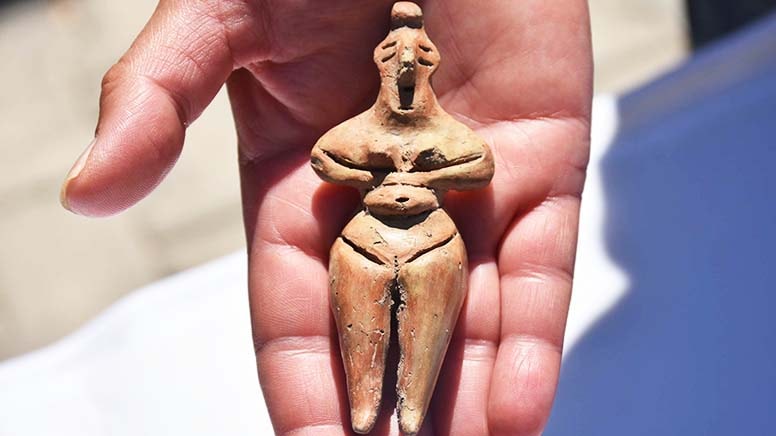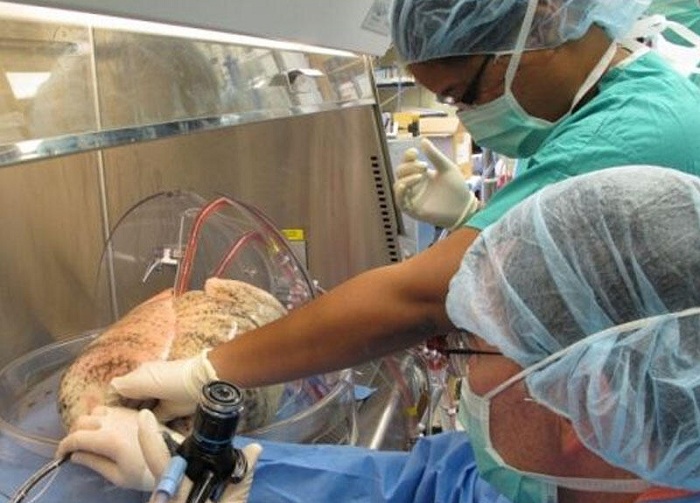
- A-
- A
- A+
Russian scientists have created a unique bone implants based on polyethylene
A group of experts from Russia has developed and successfully tested the implants in cancellous bone based on ultrahigh molecular weight polyethylene. Implants are unique in many ways and can be effectively used for partial replacement of damaged bones, scientists say.
Every year in Russia is more than 70 thousand operations to restore the integrity of damaged bone tissue. This is necessary when, due to various reasons, the bones can’t repair themselves. The implants must not only correct the defect but also “start” the natural regeneration mechanisms, “laid down” in the bone.
As explained by one of the authors of the new developments, Fedor Senates of nust “MISIS” presented implant consists of two layers — the outer solid that imitates cortical bone, the internal with pores of a certain size. The first layer gives the implant strength, and then the second can be colonized by cells of the recipient, that allows to provide strong fixation and accelerate the accretion of the surrounding tissues.
Scientists claim that using ultra-high molecular weight polyethylene they managed to create multi-layered scaffolds, the structure of which mimics the complex structure of the porous cancellous bone tissue better than any existing analogues. The development meets all the requirements for bone implants.
Test new technologies on animals have already been conducted and reported, all test animals the implants are successfully caught. These results offer great prospects in the medical field, scientists say.
The study is published in the scientific journal Materials Science and Engineering.
Similar News
Links



 Elm TV
Elm TV
 Photo
Photo
 Video
Video





